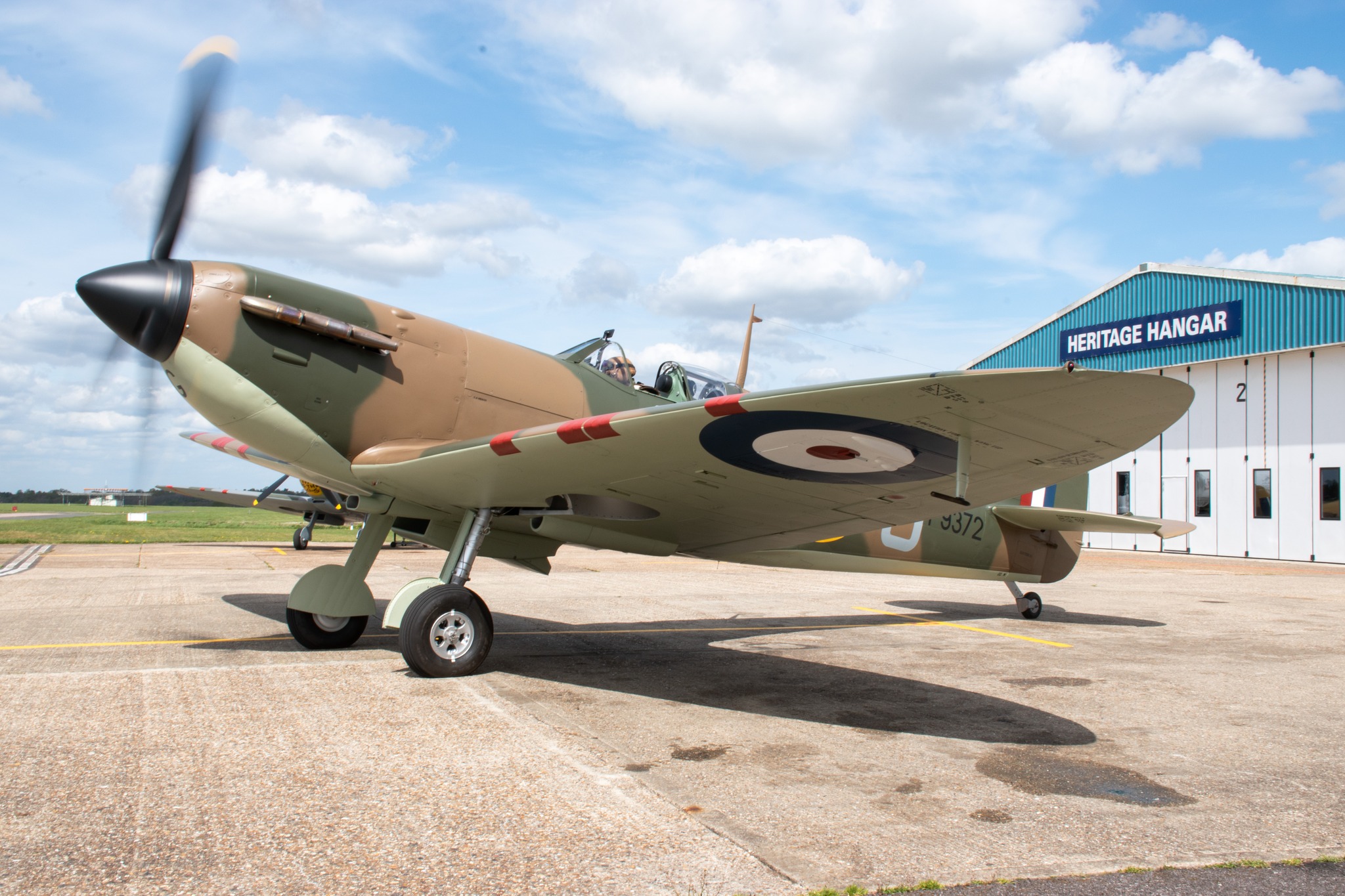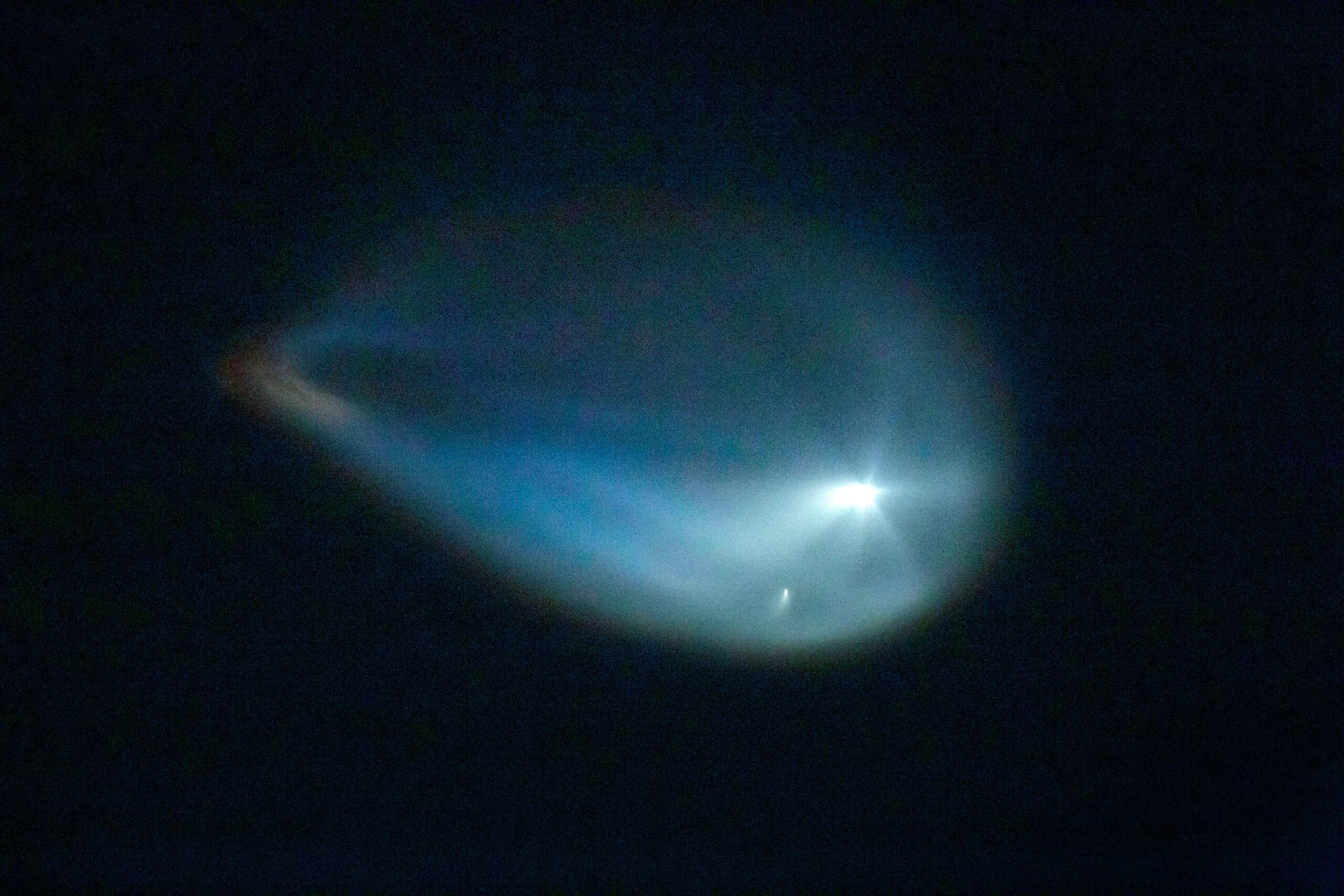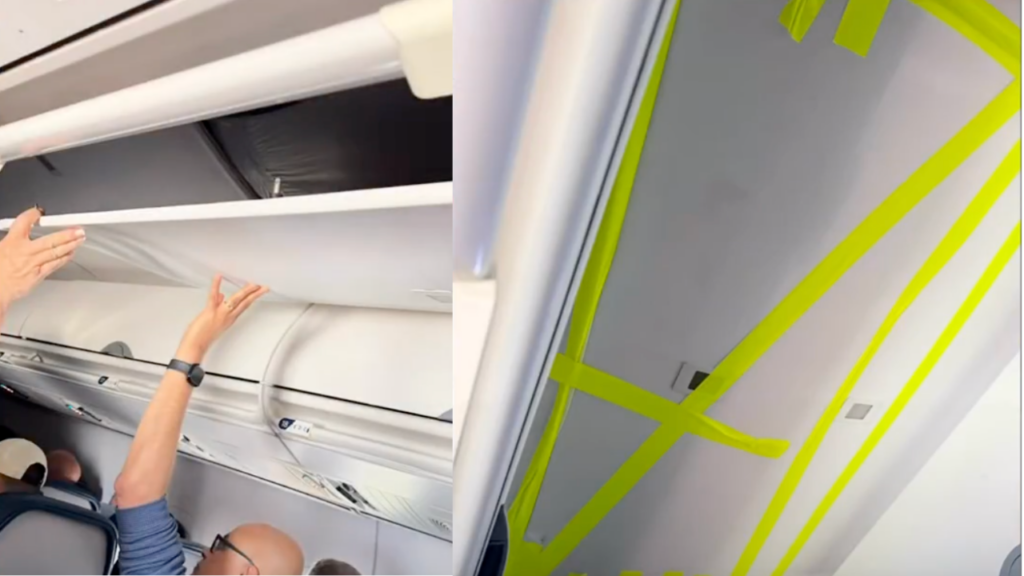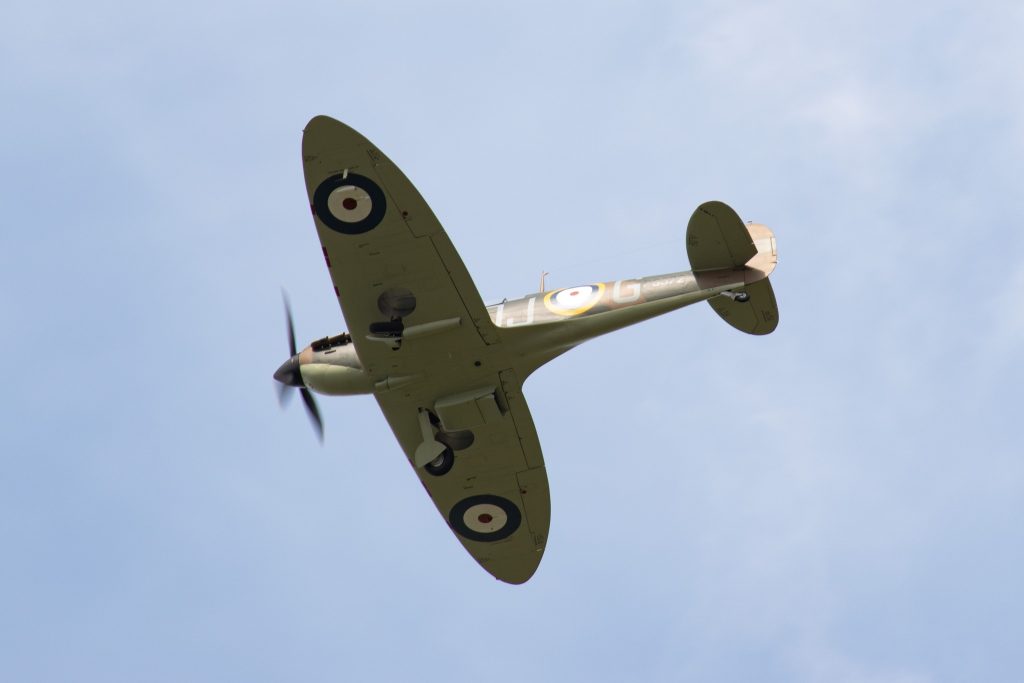
April 22, 2025, marked an extraordinary milestone in aviation history, as the
Supermarine Spitfire Mk.I P9372
took to the skies for the first time since it was shot down during the Battle of Britain almost 85 years earlier. The historic flight took place following an extensive restoration effort by the
Biggin Hill Heritage Hangar
, and it represents a powerful tribute to the legacy of one of the most iconic aircraft of World War II.
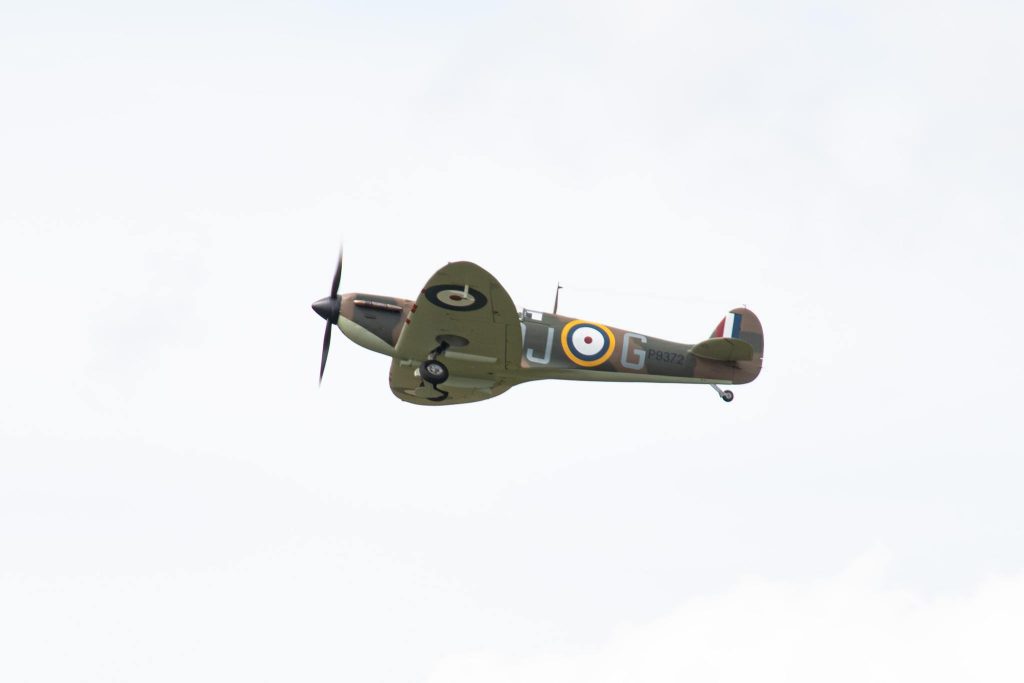
Built by Supermarine’s Woolston factory, P9372 first flew on February 22, 1940, and was delivered to No. 92 ‘East India’ Squadron the following month. During the height of the Battle of Britain, on September 9, 1940, while flown by Pilot Officer William C. Watling, the aircraft was engaged in combat with Messerschmitt Bf 109s near Biggin Hill. It was shot down at 17:30 hrs. Watling managed to bale out but suffered severe burns to his face and hands. He was treated by renowned plastic surgeon Sir Archibald McIndoe at the Queen Victoria Hospital in East Grinstead-a key figure behind the creation of the Guinea Pig Club for burn survivors. Despite his injuries, Watling courageously returned to flying duties with 92 Squadron. Tragically, he was killed just months later on February 7, 1941, during a weather test flight from RAF Manston. He was only 20 years old and now rests at St Mary’s Cray Cemetery near Orpington.
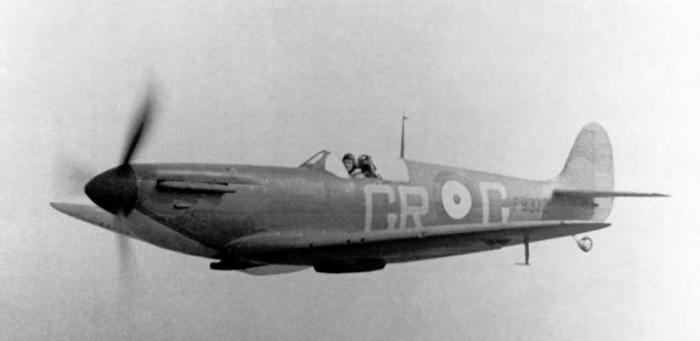
P9372 was one of only 200 Mk.I Spitfires produced by Vickers Armstrong at the Castle Bromwich factory and was originally powered by a Rolls-Royce Merlin III engine. Initially assigned to No. 9 Maintenance Unit at RAF Cosford, the aircraft later served with 92 Squadron, which was among the first RAF units to operate the Spitfire Mk.I. The squadron flew from various key airfields including RAF Tangmere, RAF Croydon, and RAF Biggin Hill during the critical months of 1940. Throughout its wartime service, P9372 was believed to have been flown by a number of notable RAF pilots, including Sgt. Stanley Barraclough, F/O Anthony Bartley, S/L Geoffrey Wellum DFC, P/O Trevor Wade, S/L Ronald Fokes, P/O John Bryson, S/L Philip Sanders, P/O Harry Edwards, P/O Robert Holland, P/O Thomas Sherrington, and P/O William Watling.
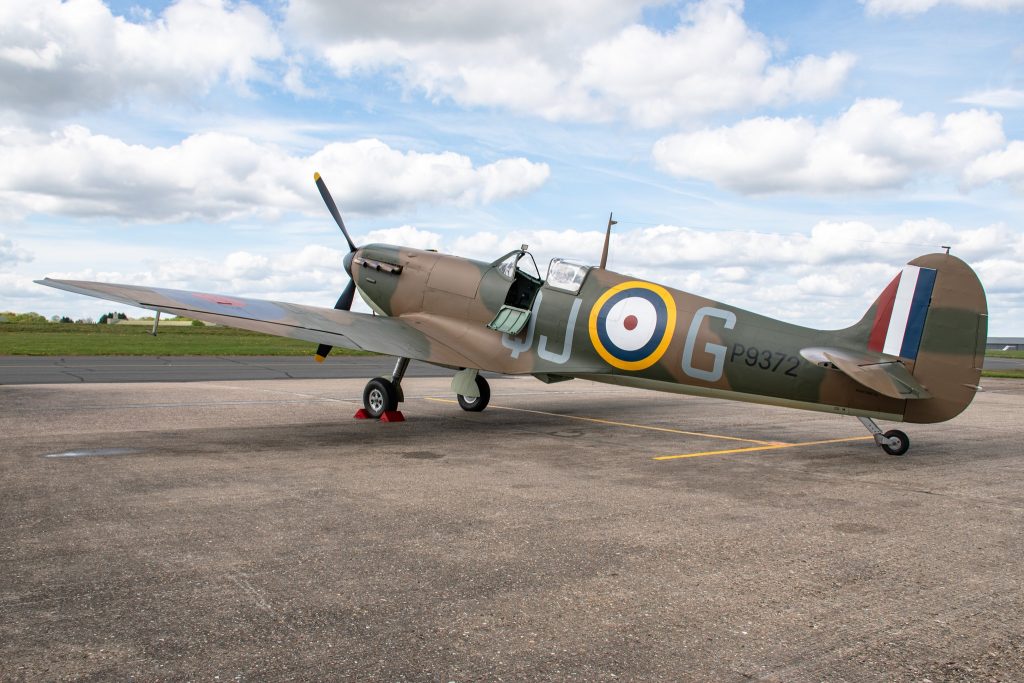


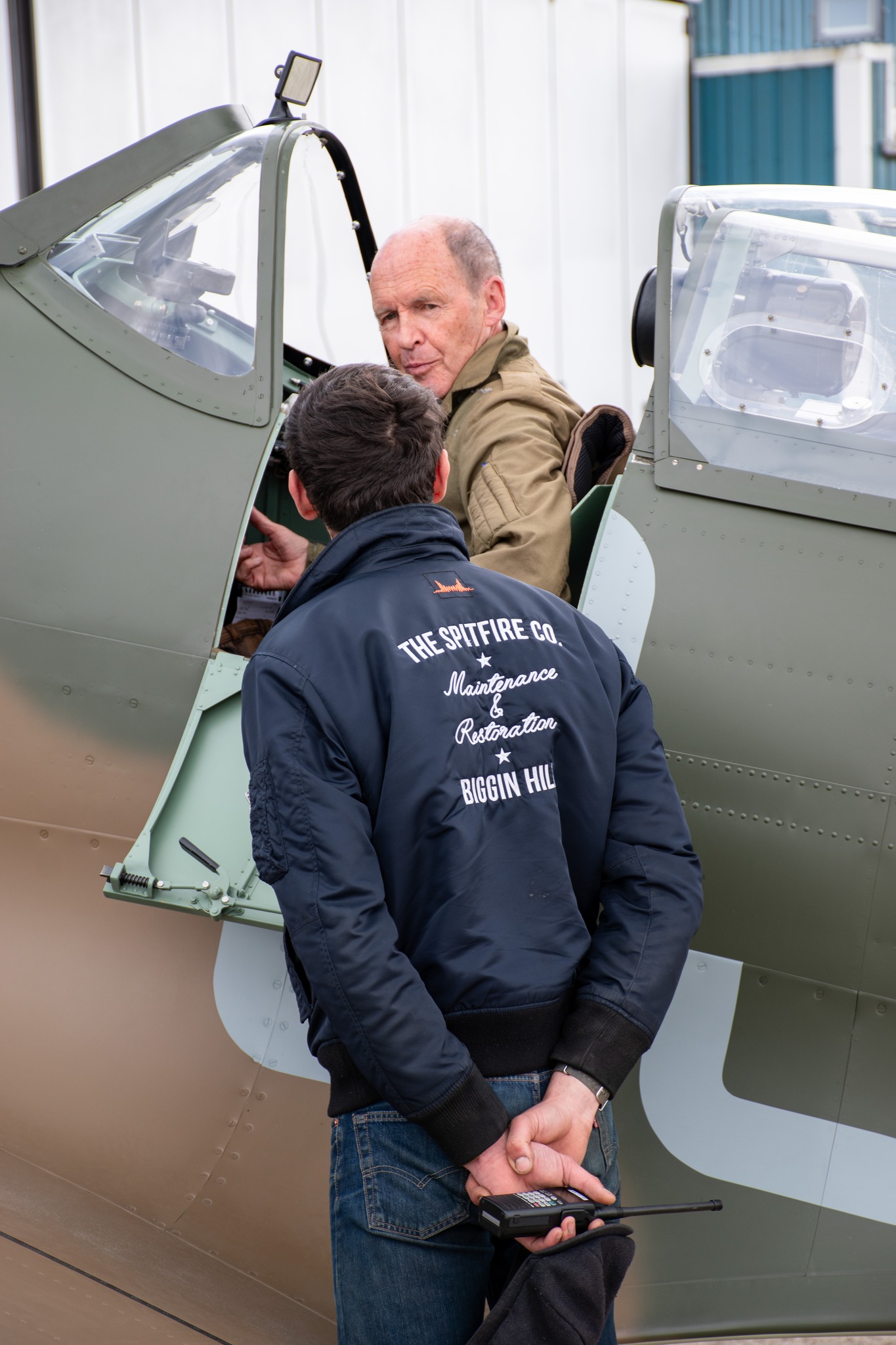
The remains of P9372 were excavated from its crash site in 1970 and later displayed at the Tonbridge Battle of Britain Museum. In 2016, Spitfire historian and Biggin Hill Heritage Hangar founder Peter Monk acquired the wreck. It was subsequently sold to its current owner in 2019, who committed to restoring the aircraft to flying condition. Now registered as G-CLIH, Spitfire Mk.I P9372 has been brought back to life with meticulous attention to authenticity and historical detail. Its return to the air is not only a testament to the engineering expertise behind the restoration but also a moving tribute to the young pilots who flew and fought in defense of freedom during the darkest days of World War II.
For more information about the Biggin Hill Heritage Hangar, visit
www.flyaspitfire.com

If you enjoyed this article and would like to stay updated with
Viral Buzz News,
please click the
Follow
button at the top of this page.
